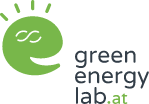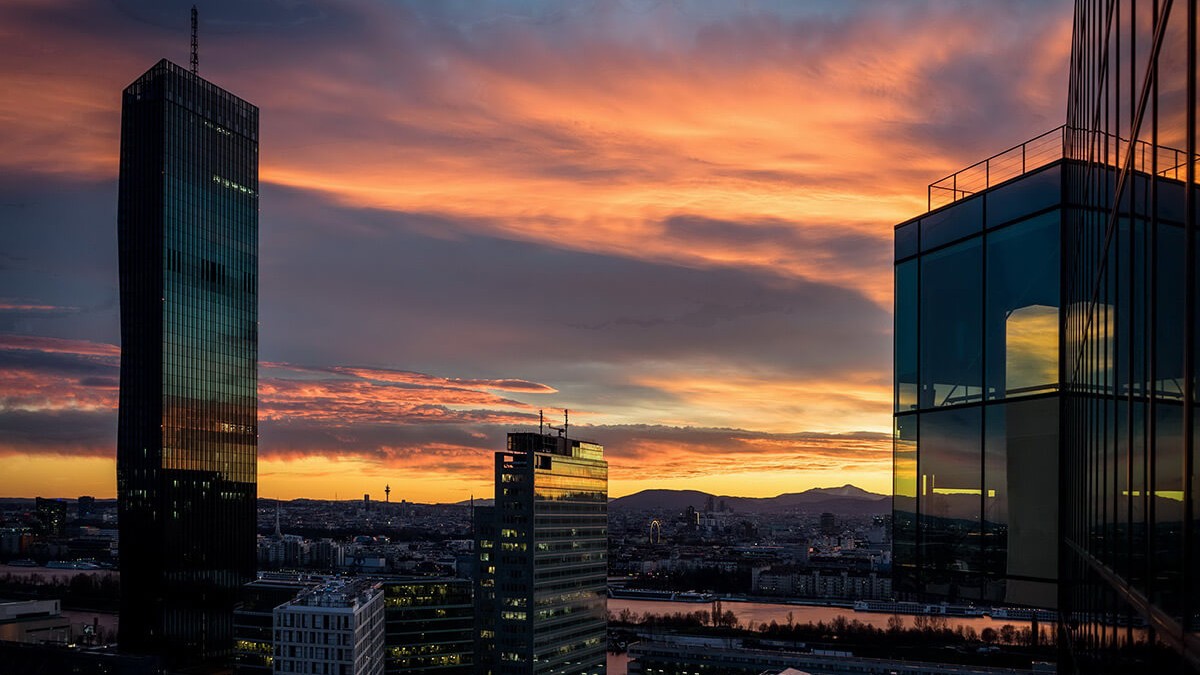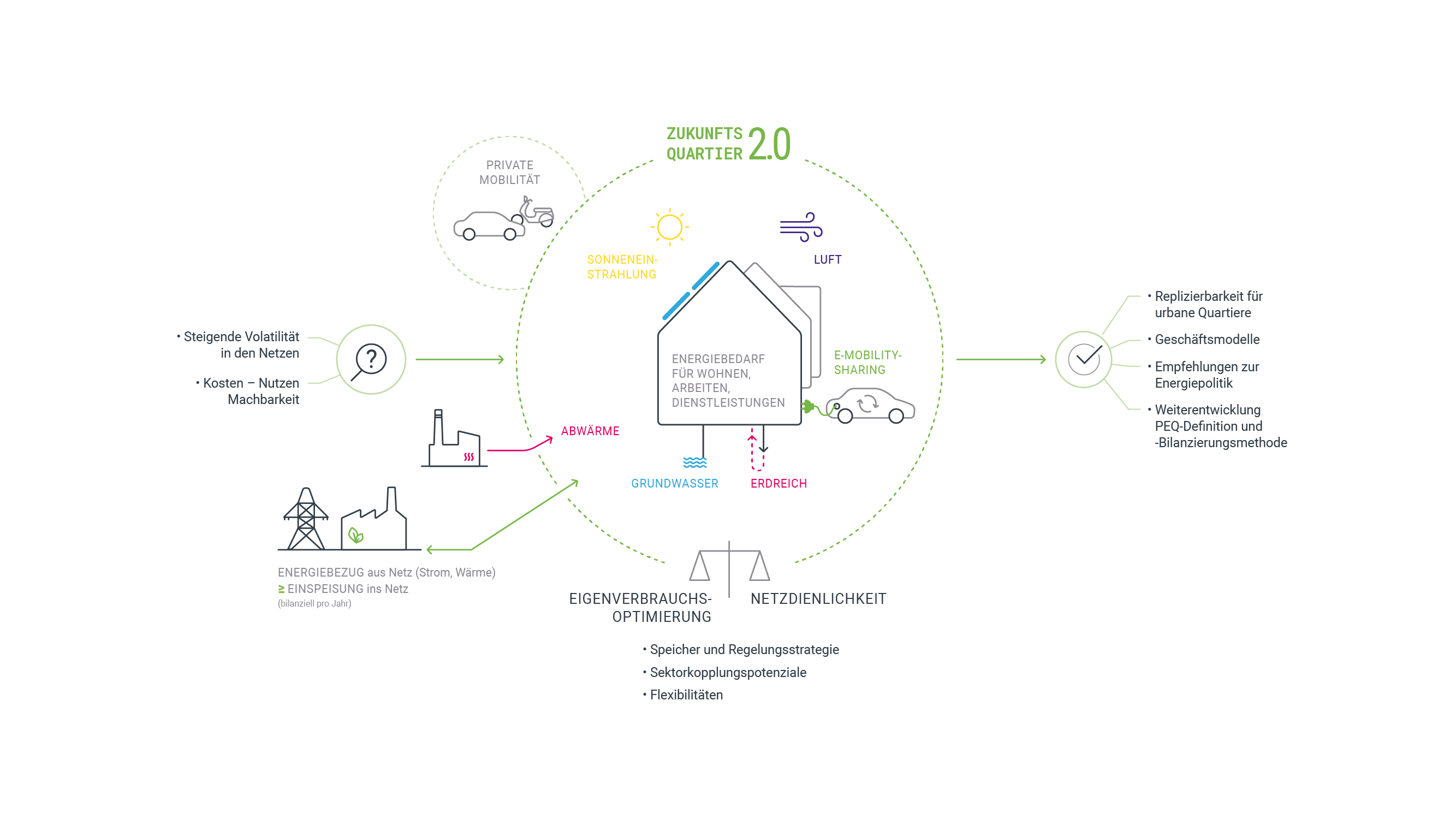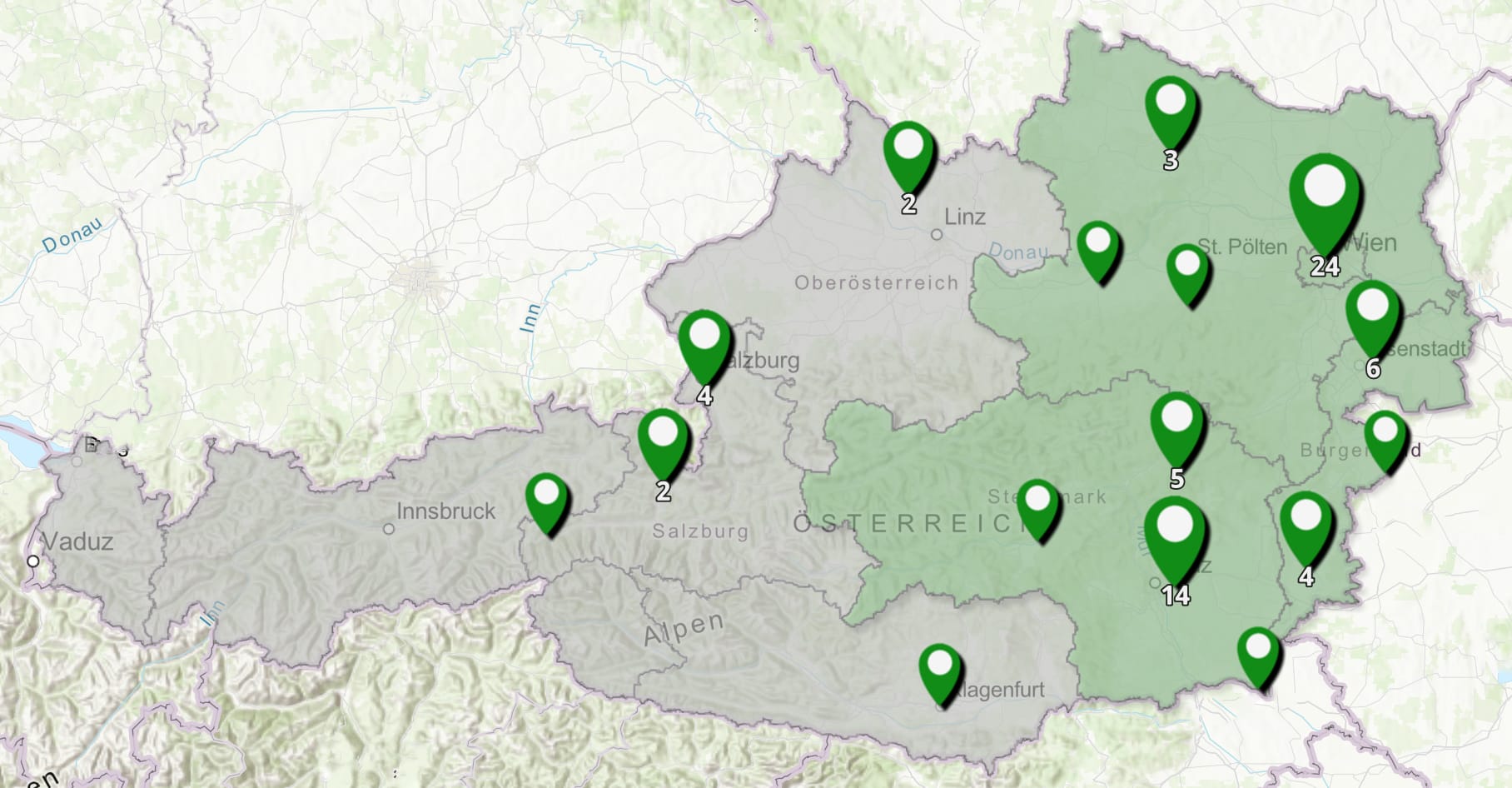Zukunftsquartier 2.0
Replicable, thermally and electrically grid-supporting conception of (positive energy) districts in dense urban environments
This research project has been completed. Access the Zukunftsquartier 2.0 Results Fact Sheet here.
A large proportion of renewable energy sources with high generation volatility place heavy demands on the integration and security of the entire energy system’s supply. Developments towards high on-site energy generation (keyword: positive energy quarters) should not burden the grids with additional peaks in feed-in (PV) or simultaneous consumption (e-cars, heating consumption peaks).
An important component in solving problems in dense urban areas is the adaptation of local feed-in and consumption to volatile generation through demand-side management. In addition, energy storage systems in the district can act as grid-supporting flexibilities.
The aim of the Zukunftsquartier 2.0 project was to develop a concept for the grid-friendly integration of innovative (positive energy) districts with high on-site energy generation into the existing grid infrastructure (electricity and district heating) – creating a “win-win” situation for suppliers and grid operators as well as for users, investors and developers.
In the course of Zukunftsquartier 2.0, comprehensive investigations into technical, economic, legal and social issues were carried out in an integrated manner. The innovative content lay in the development of a scientific method for optimal system design, including storage technologies, as well as in the development of a local control strategy to enable optimized interaction with the overall grid.
In addition, planning support was provided for a real plus-energy district in Vienna Floridsdorf (Pilzgasse) and continuous coordination with other potential plus-energy districts and important stakeholders. The results and solutions of Zukunftsquartier 2.0 were translated into guidelines for action and are available as tools for planning and process support for other neighborhood developments.
The following model solutions were being developed in the Zukunftsquartier 2.0 project:
GRID-SUPPORTING CONCEPT FOR PLUS-ENERGY NEIGHBORHOODS
Media reports on the project
The future quarter 2.0
Plus-energy districts are characterized by a high level of on-site energy generation using renewable energies such as PV electricity. In order to generate more energy in the district over the year than is consumed, high PV outputs are required for plus-energy districts.
To the articleBusiness model development for the "Future Quarter 2.0"
Part of the "Zukunftsquartier 2.0" project is the development and implementation of an innovative plus-energy district in Vienna's Floridsdorf district. New business models that take into account the grid-friendly integration of existing infrastructure and a high level of on-site energy generation can generate a "win-win situation" for suppliers and grid operators, but also for users, investors and developers.
To the articleÖGUT environmental award for Zukunftsquartier 2.0
In recent years, both national and urban climate and energy targets have been tightened considerably: Vienna, too, is to be climate-neutral as early as 2040. However, the increase in decentrally generated, renewable, volatile energy required to decarbonize the energy system on the one hand and consumption peaks on the other pose major challenges, not least for public grids.
To the article



